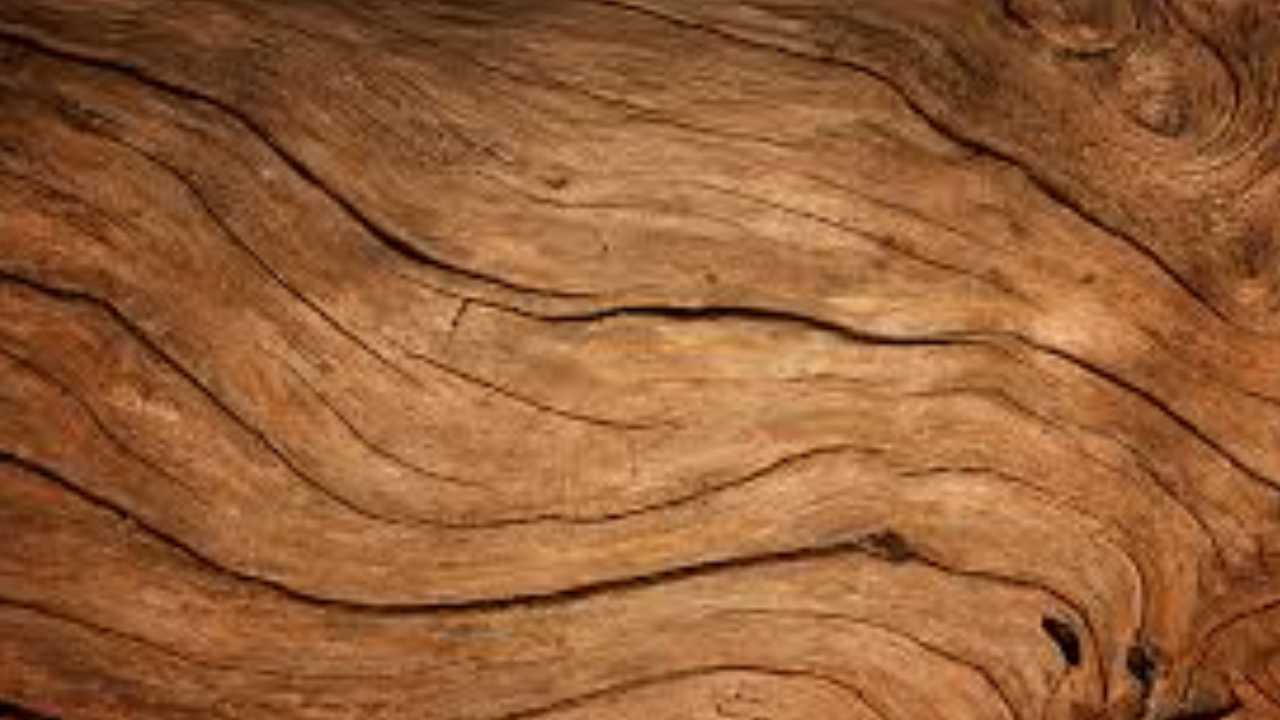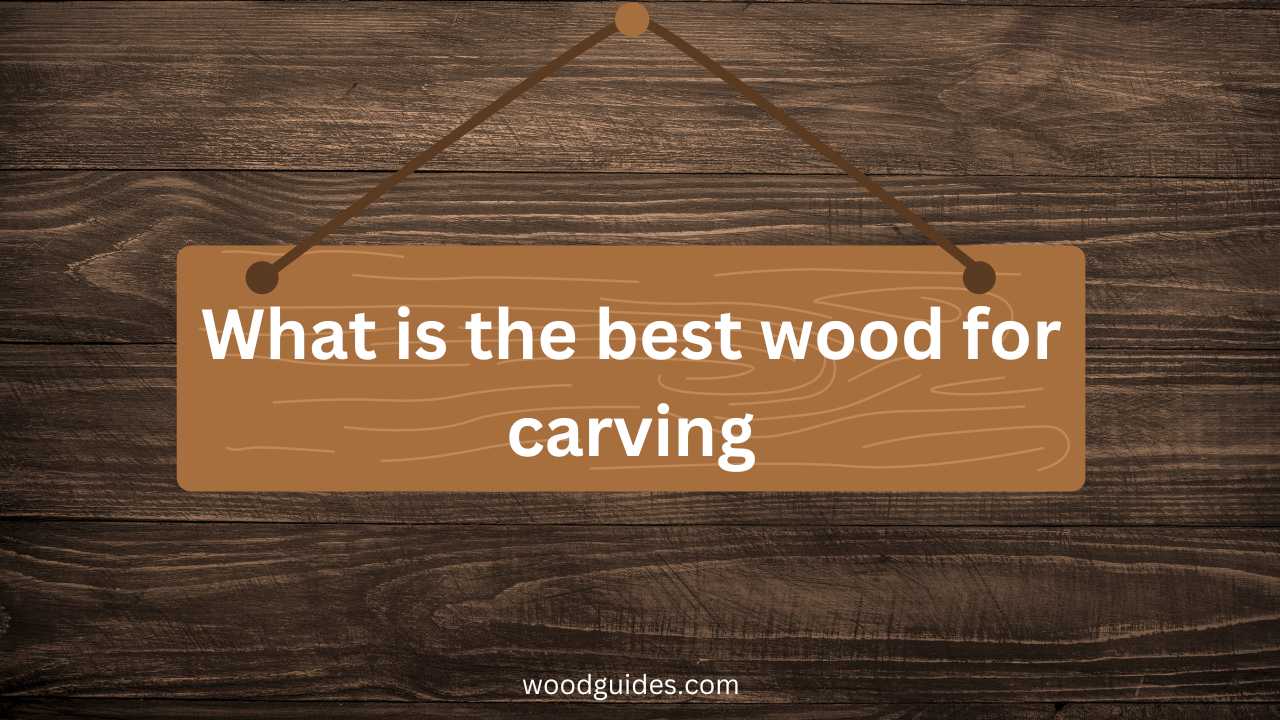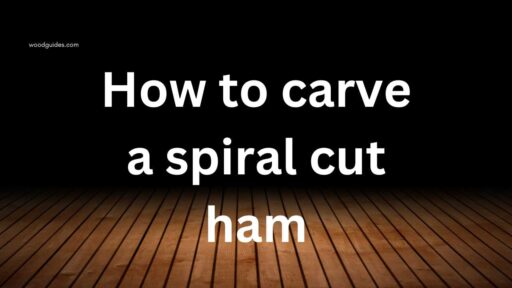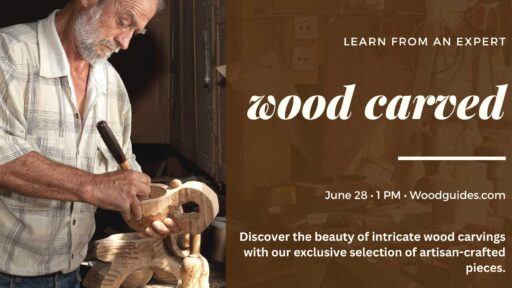Enhance your carving skills with the finest wood selection. Our website offers valuable insights and recommendations on the What is the best wood for carving. Explore now and create masterpieces.
What is the best wood for carving is an ancient art form that holds a special place in the hearts of woodworkers, hobbyists, and artisans worldwide. It requires not just skill and patience but also an intimate understanding of one’s material. The wood you choose can make or break your carving project. Its type influences not only the final appearance but the actual process of carving itself. In this comprehensive guide, we will explore the various aspects that make certain woods more suitable for carving, helping you select the perfect wood for your next masterpiece.
Characteristics of Good What is the best wood for carving
When selecting wood for your carving project, several characteristics come into play that determine its suitability. First and foremost, the wood should have a fine, even grain. This makes it easier to carve and can help in achieving more detailed designs. Softwoods, like pine, tend to be more pliable, making them ideal for beginners. However, they might not hold intricate details as well as hardwoods.
Hardwoods, such as walnut or mahogany, are denser and offer a higher level of detail for advanced carvings. They also tend to be more durable, ensuring that your artwork stands the test of time. Another important factor is the wood’s resistance to cracking or splitting. Woods with a natural oil content, like teak, are often more resilient and can be carved without worrying about damaging the piece.
Before making a decision, consider the nature of your project. Is it decorative or functional? Will it feature fine details or require durability? Answering these questions will guide you towards choosing the best wood for your carving project.

Understanding Wood Types
Before we deep-dive into which woods are best for carving, it’s crucial to understand the properties that distinguish them. Woods can be broadly categorized based on hardness, grain, and workability.
- Hardness: This refers to how resistant wood is to being cut or dented. Hardwoods, like oak and walnut, are denser and offer a challenge to carve but reward with durability. Softwoods, such as pine and basswood, are easier to shape and ideal for beginners.
- Grain: The grain of the wood includes the pattern, direction, and texture of its fibres. A uniform, straight grain, like that found in cherry, can be a delight to carve, offering predictability and a smooth finish.
- Workability: This characteristic combines hardness and grain to indicate how easy or difficult a wood is to manipulate. Workability dictates the level of detail you can achieve and the overall experience of carving.
Top Woods for Carving and Their Unique Qualities
When crafting your next carving project, choosing the right wood is paramount. Here are some of the top choices among carvers, each with its unique qualities:
- Basswood: Known for its soft, fine grain, basswood is one of the most popular choices for carvers, especially those just beginning their woodworking journey. Its light color and minimal grain pattern make it a perfect canvas for detailed work, and its softness allows tools to glide smoothly through, reducing the effort required for carving.
- Walnut: This hardwood is prized for its rich, dark color and grain pattern, adding a level of sophistication and elegance to any carving project. While it offers more resistance than basswood, its hardness results in a remarkably durable finished piece, ideal for both decorative and functional items.
- Cherry: Cherry wood boasts a fine, straight grain with a warm, reddish hue that deepens beautifully with age. It strikes a good balance between softness and hardness, making it versatile for both detailed and rough carving. Its uniform grain minimizes the risk of unexpected chips or cracks.
- Maple: Another hardwood on the list, maple features a fine grain and is known for its strength and durability. It is harder to carve than basswood or cherry but rewards the meticulous carver with its ability to hold intricate details and its striking finish.
- Mahogany: Favored for its straight grain and ease of work, mahogany is less dense than walnut and oak, making it more manageable for carving. Its rich color and natural luster give carved pieces an immediate appeal, reducing the need for staining.
Each wood type comes with its advantages, challenges, and aesthetic qualities. Your choice should align with the specific requirements of your project, your personal preference, and your level of carving expertise.
Best Woods for Carving
Basswood
Basswood is the quintessential carving wood, known for its soft, workable nature without sacrificing grain integrity. Its light cooler and minimal grain make it a favorite for intricate work, where the carver’s skill can shine without battling the wood’s natural pattern.
Walnut
Walnut stands out for its beautiful dark color and grain patterns, offering a medium-hard canvas for carvers. Its workability strikes a balance between being soft enough to carve with ease and hard enough to hold fine details well.
Oak
Oak’s robustness and pronounced grain give carvings made from it a characterful, textured look. While its hardness poses a greater challenge, the results are worth it, offering pieces that are as durable as they are beautiful.
Pine
Pine is another softwood that’s great for beginners. Its affordability and availability make it an excellent choice for practicing techniques. However, its softer nature and tendency to have knots can challenge consistency and detail.
Cherry
Cherry wood is loved for its smooth texture, fine grain, and rich colour that deepens over time. Its balanced hardness allows for detailed work while offering a subtle, natural lustre in the finished piece.
Factors to Consider When Choosing Wood
When selecting wood for a carving project, consider the design and level of detail you aim to achieve. Softwoods, with their forgiving nature, are better suited for larger pieces or projects requiring less intricate detail. Hardwoods, offering greater resistance, are ideal for adding fine details and achieving a polished finish.
The intended use of the carved piece also matters. Decorative items can be made from softer woods, while functional pieces, like furniture, benefit from the durability of hardwoods.
Sustainability and Sourcing
With environmental concerns at the forefront of my mind, it’s important to use wood from sustainable sources for your carving projects. Look for certifications like FSC (Forest Stewardship Council) or PEFC (Programmed for the Endorsement of Forest Certification) that ensure the wood has been harvested responsibly.
Local woods offer sustainability benefits and can provide a unique connection to the region’s natural beauty. Exploring local varieties also supports local ecosystems and economies.
Carving Techniques and Tools
To transform a chosen piece of wood into a work of art, understanding the right techniques and having the appropriate tools is essential. Carving techniques can be broadly divided into two categories: relief carving and in-the-round carving.
- Relief Carving: This technique involves carving figures into a flat piece of wood so that they stand out from the background, creating a three-dimensional effect on a two-dimensional surface. It’s ideal for wall hangings, decorative panels, and signage.
- In-the-Round Carving: This technique is used to carve the wood into a three-dimensional object that can be viewed from all angles, such as figurines, sculptures, and decorative objects. It requires a thorough understanding of the wood’s grain, structure, and properties, as the piece can be worked on from any direction.
Tools for Carving
The right tools not only make the carving process more enjoyable but also enhance the precision and detail of your work. Here are some of the essential tools for wood carving:
- Carving Knives: A variety of carving knives are used for different purposes, including whittling, chip carving, and detailing. Each knife has a specific shape and size, designed to achieve various cuts and finishes.
- Chisels and Gouges: These are used for shaping and adding texture. Chisels and gouges come in various shapes and sizes. Gouges are curved tools that scoop the wood away, ideal for creating round shapes and textures. Chisels are straight-edged tools, perfect for making clean cuts and lines.
- Mallets: Mallets are often used in conjunction with chisels and gouges to apply more force, enabling the carver to shape the wood more efficiently. They must be used with precision to avoid damaging the wood or the tools.
- Sanding Tools: After the initial carving, sanding tools help smooth the surface and prepare it for finishing. Sandpaper of various grits, sanding blocks, and even power sanders can be used depending on the project’s needs.
By mastering these techniques and tools, carvers can bring their visions to life, creating pieces that are not only visually appealing but also tactilely engaging. Whether you’re a beginner looking to start your carving journey or an experienced carver honing your skills, the right combination of wood, tools, and techniques is crucial to achieving your creative goals.
Frequently Asked Questions about Wood Carving
What is the best wood for beginners to start carving?
For beginners, basswood is highly recommended due to its softness, minimal grain, and overall ease of carving. Its forgiving nature allows newcomers to practice and refine their skills without the frustration that harder woods might present.
How can I determine the grain direction of the wood?
To determine the grain direction, look closely at the wood’s surface and identify the direction in which the fibers run. Always carve in the direction of the grain to avoid tearing or splitting the wood. Additionally, running your hand along the wood can help you feel the smooth and rough directions, indicating the grain’s path.
Can wood carving be done without specialized tools?
While specialized tools can make wood carving easier and more precise, it’s possible to start with basic tools, such as sharp knives, chisels, and gouges. However, investing in quality carving tools can significantly improve the experience and quality of your work.
How do I maintain and care for my carving tools?
Maintaining your carving tools involves keeping them sharp and rust-free. Regular sharpening with a whetstone or honing tool is essential for keeping edges crisp and efficient. Store tools in a dry place and consider applying a light coat of oil to prevent rust. It’s also crucial to use the right tool for the job to avoid unnecessary wear or damage.
Is it necessary to treat or finish wood after carving?
Applying a finish to your wood carving is not strictly necessary but highly recommended. Finish protects the wood from moisture, dirt, and wear, enhancing its durability and appearance. Common finishes include oil, wax, or a sealer, depending on the desired look and the wood type.
How does one handle detailed carving without breaking the wood?
Detailed carving requires patience, sharp tools, and the right technique. Always work slowly and in small increments, especially when carving intricate details. Support the wood properly, use a vice or clamp when possible, and choose wood with a grain structure suited to fine work to minimize the risk of breakage.
What safety equipment is necessary for wood carving?
Safety equipment for wood carving includes gloves to protect your hands from cuts, safety goggles to shield your eyes from wood chips, and a carving apron to keep your clothes clean and protect your body. Additionally, working in a well-ventilated area is crucial when using certain finishes or adhesives.
Can I carve wood that is not completely dry?
Carving green (not fully dried) wood is possible and sometimes preferred for specific techniques and effects. However, it requires an understanding of how wood dries and shrinks to avoid cracks and splits in your finished piece. It’s generally recommended for experienced carvers who can account for these changes.
Where can I find sustainable wood for carving?
Look for wood suppliers that offer certifications such as FSC or PEFC to ensure that the wood comes from responsibly managed forests. Additionally, exploring local sources can lead to sustainable options, including reclaimed wood or lumber from local tree removals, which also provide unique materials for carving.
By addressing these FAQs, beginners and experienced carvers alike can deepen their understanding and mastery of wood carving, ensuring a rewarding and safe crafting experience.
Conclusion of What is the best wood for carving
Choosing the right wood is a critical step in the wood carving process, one that influences not just the act of carving but the lifespan and aesthetics of the final piece. Whether you’re drawn to the soft, versatile nature of basswood, the rich hues of walnut, the robustness of oak, the beginner-friendly pine, or the fine-grained cherry, consider your project’s requirements and sustainability aspects.
We hope this guide inspires you on your wood carving journey. Remember, each wood has its story and essence – choosing thoughtfully can bring out the best in your artwork. Share your experiences or your favorite wood for carving on social media, and don’t hesitate to engage with the community for more insights and inspiration. Happy carving!





